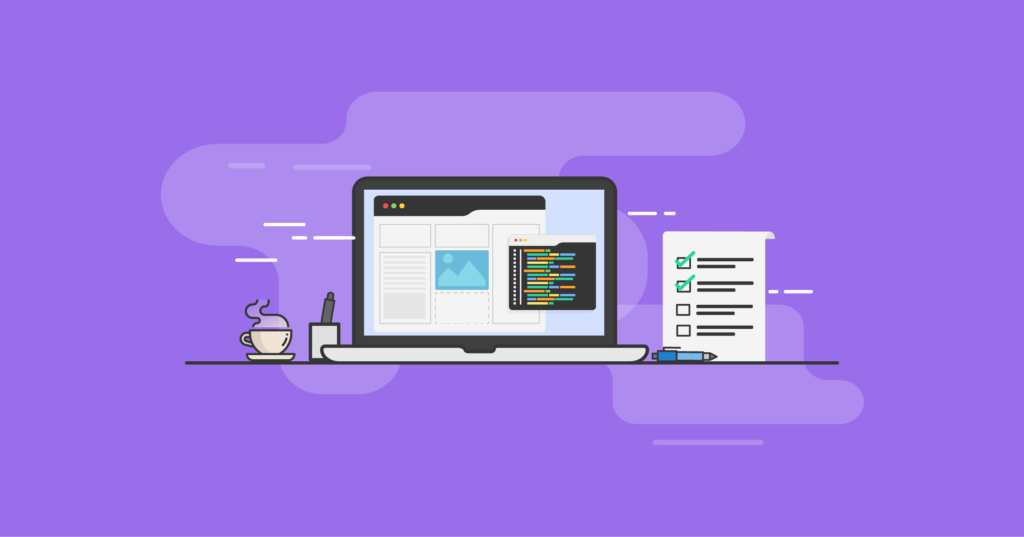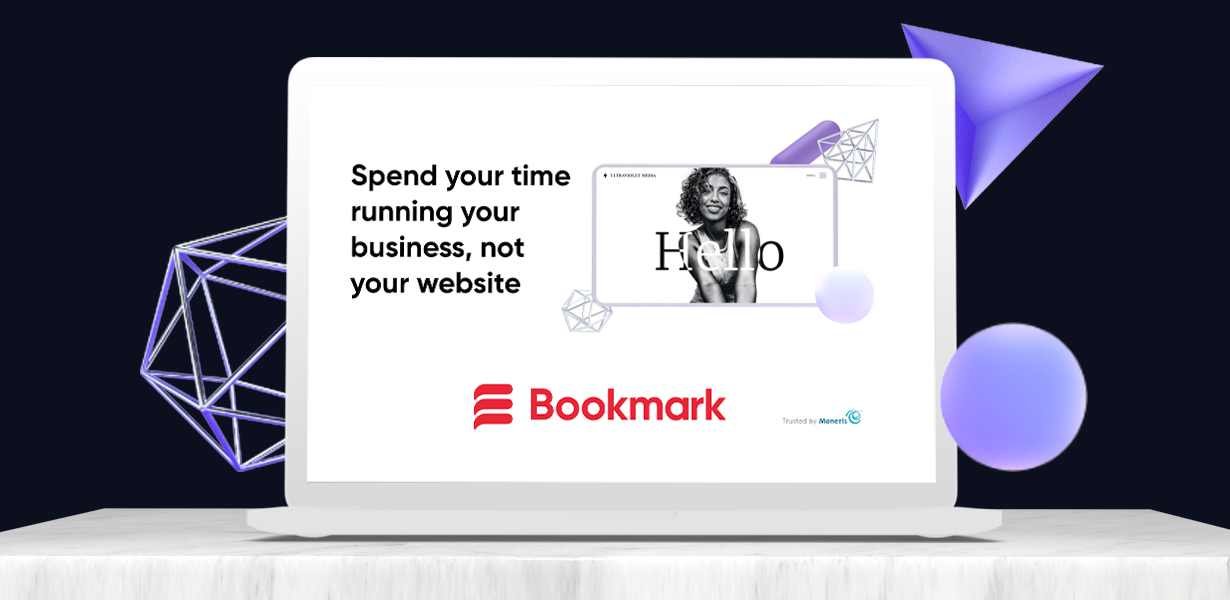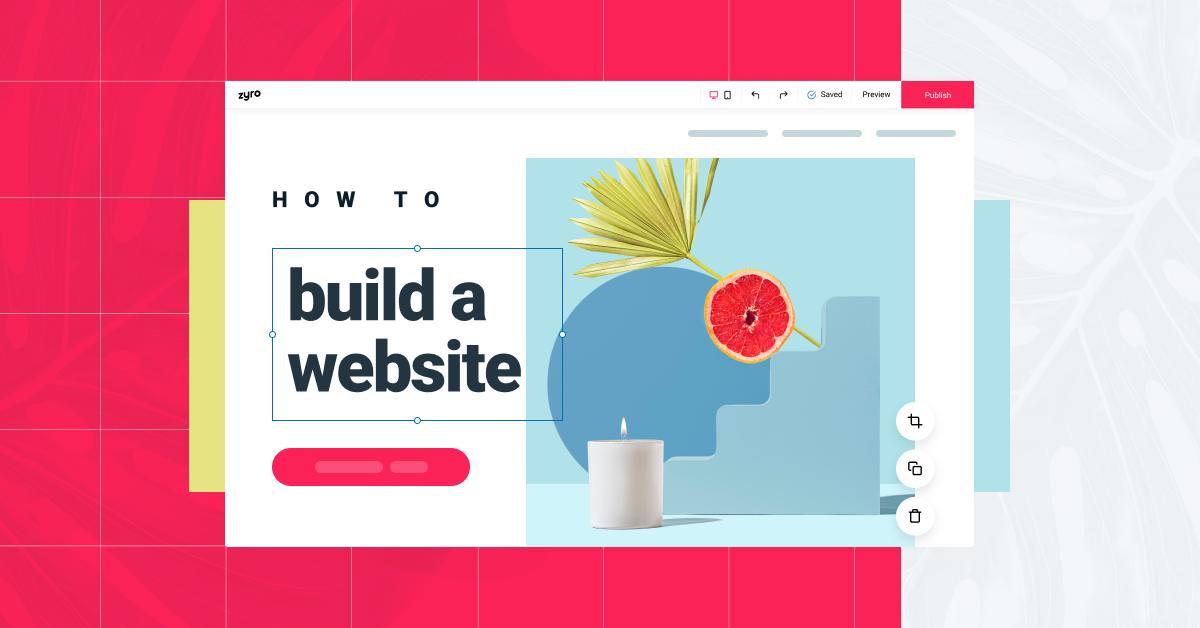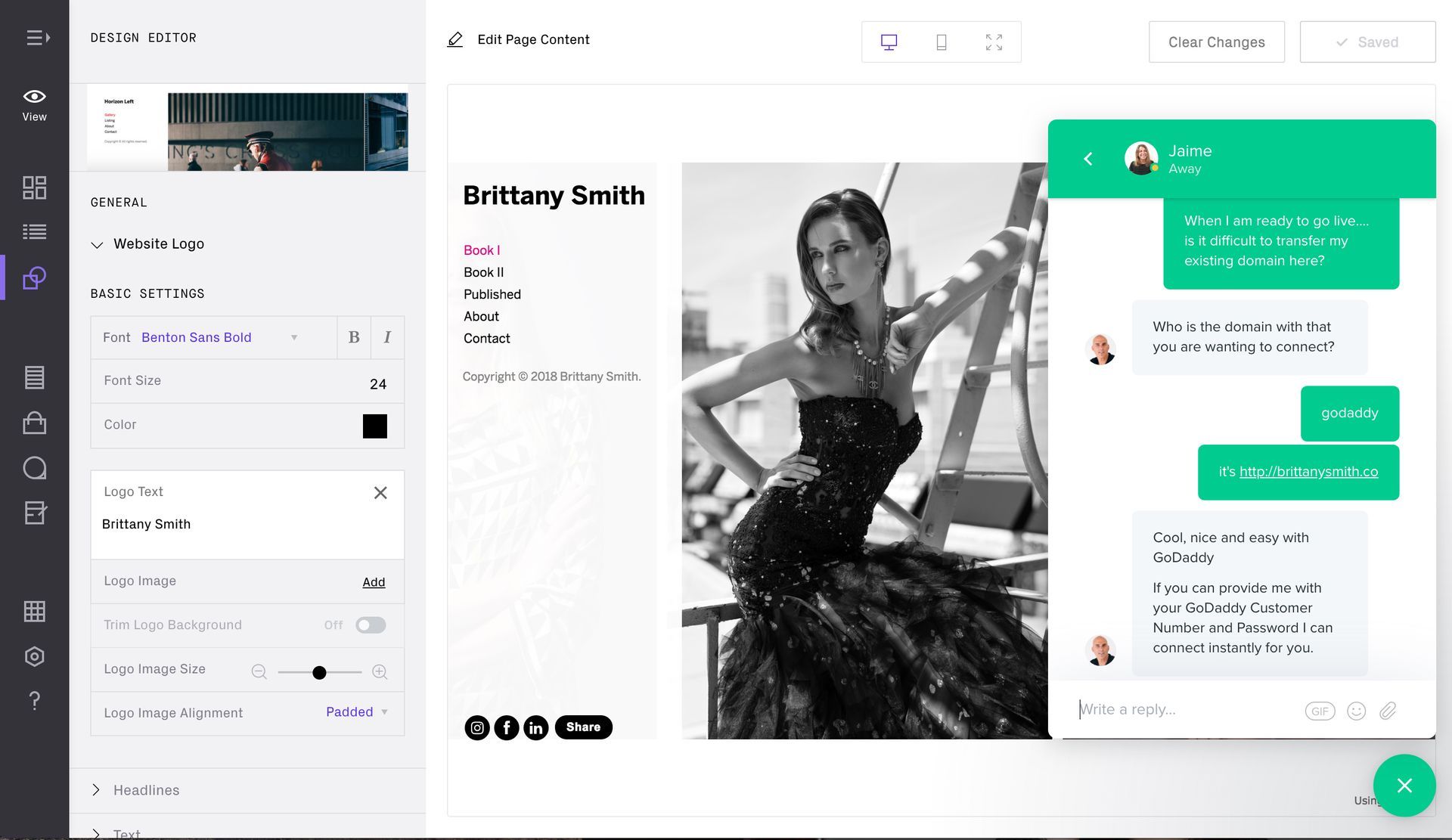8 Minute Read
User-Centered Design
Putting Users First
User-centered web design is a fundamental approach to creating websites and web applications that prioritize the needs and preferences of the end-users. It places the user experience at the forefront of the design process, aiming to provide intuitive, accessible, and satisfying digital experiences. This user-centric approach ensures that the final product aligns with the users' expectations and goals, ultimately leading to increased engagement, satisfaction, and success for both the users and the business or organization behind the website.
In this guide, I'll explore the principles, techniques, and benefits of user-centered web design. I'll also discuss the user-centered design process and provide insights into how to overcome common challenges in implementing this approach.
Let's dive in!

Table of Contents
- Understanding User-Centered Web Design
- The Importance of User-Centered Design
- Principles of User-Centered Design
- The User-Centered Design Process
- Key User-Centered Design Techniques
- Benefits of User-Centered Web Design
- Challenges and Common Pitfalls

Understanding User-Centered Web Design
User-centered web design is a design philosophy that revolves around the needs, preferences, and expectations of the end-users. Instead of prioritizing the aesthetic aspects of a website, user-centered design focuses on creating a seamless and efficient user experience. This approach considers the entire user journey, from their initial interaction with the site to their final goal or conversion.
It is also important to understand user-centered design in the context of mobile first design as well, considering these two approaches have equal benefit in enhancing the user experience.
Key aspects of user-centered web design include:
- User Research: Understanding the target audience through research, surveys, interviews, and data analysis to uncover their needs, preferences, and pain points.
- Usability: Ensuring that the website is easy to navigate and that users can complete their tasks without unnecessary friction.
- Accessibility: Designing the website to be usable by individuals with disabilities, ensuring inclusivity.
- Feedback and Iteration: Continuously collecting user feedback and making iterative improvements to enhance the user experience.
- Consistency: Maintaining a consistent layout design and content structure to create a familiar and predictable user experience.
User-centered web design is not limited to aesthetics but extends to functionality, navigation menus, content, and overall user satisfaction. It aims to create a positive emotional connection with users, encouraging them to return and engage with the website.

The Importance of User-Centered Design
User-centered design is crucial for several reasons, each of which contributes to the overall success of a website or web application:
- Enhanced User Satisfaction: When users find a website easy to use, relevant to their needs, and visually appealing, they are more likely to be satisfied with their experience.
- Increased User Engagement: Websites that prioritize user needs tend to have higher user engagement, resulting in longer visits and more frequent returns.
- Higher Conversions: By aligning the website's design with the user's goals and expectations, the likelihood of conversions (e.g., making a purchase, signing up for a newsletter) is significantly increased especially with well placed call-to-action buttons or areas.
- Improved Accessibility: A user-centered design is inclusive, making it accessible to a broader audience, including people with disabilities.
- Competitive Advantage: Websites that prioritize user experience can gain a competitive edge in their respective markets. Users are more likely to choose a website that meets their needs effectively.
- Reduced Support and Maintenance Costs: User-centered design reduces the need for extensive customer support and ongoing maintenance, as users can easily find what they need and complete their tasks without assistance.
- Brand Loyalty: Providing a positive user experience builds brand loyalty, leading to repeat business and recommendations to others.
- Data-Driven Decision-Making: User-centered design relies on data and feedback, enabling continuous improvement and data-driven decision-making.

Principles of User-Centered Design
To create a user-centered web design, it's essential to follow key principles that guide the design process and ensure a positive user experience. Here are some fundamental principles:
Understand Your Audience
- User Research: Conduct research to understand your target audience's needs, preferences, and pain points. This can involve surveys, interviews, user testing, and data analysis.
- User Personas: Create user personas to represent different segments of your audience. These fictional characters help to focus design decisions on the needs of specific user groups.
- User Journey Mapping: Understand the typical paths users take on your website. This helps in designing intuitive navigation and content organization.
Usability
- Intuitive Navigation: Design a clear and logical information architecture that makes it easy for users to find what they're looking for.
- Efficient Task Completion: Ensure that users can complete their tasks efficiently, whether it's making a purchase, finding information, or any other goal.
- Error Handling: Provide clear and helpful error messages when users make mistakes or encounter issues.
Accessibility
- Compliance with Web Content Accessibility Guidelines (WCAG): Ensure that your website is accessible to people with disabilities. This includes providing alternative text for images, keyboard navigation, and accommodating screen readers.
- Color and Contrast: Consider color theory strategies and use color schemes and contrasts that are accessible to users with visual impairments.
- Font and Text Size: Select readable fonts and appropriate text sizes.
Consistency
- Consistent Design: Maintain a consistent design throughout your website, including color schemes, typography, layout, and images or graphics.
- Consistent Navigation: Keep navigation menus and links consistent across all pages.
- Consistent Language: Use consistent and clear language to avoid confusing users.
Feedback and Iteration
- User Feedback: Collect feedback from users through surveys, feedback forms, or user testing sessions.
- Analytics: Utilize web analytics tools to track user behavior and identify areas for improvement.
- Iterative Design: Continuously update and improve your website based on user feedback and data.

The User-Centered Design Process
The user-centered design process is a structured approach to creating websites that prioritize the user experience. It typically consists of several stages, each with its specific goals and activities. The primary stages include:
Research
- User Research: Gather information about the target audience's demographics, behaviors, and preferences. This may involve surveys, interviews, and data analysis.
- Competitor Analysis: Study competitors' websites to identify strengths and weaknesses in user experience.
- Usability Testing: Conduct usability tests to understand how users interact with your existing website (if applicable).
Design
- Information Architecture: Create a clear and logical structure for your website's content, typography, and navigation.
- Wireframing: Design wireframes or low-fidelity prototypes to outline the website's layout and structure.
- Visual Design: Develop the visual elements of the website, including color schemes, typography, and images.
- Prototyping: Create interactive prototypes to test user interactions and gather feedback.
Testing
- Usability Testing: Test the website with real users to identify usability issues, such as confusing navigation or unclear instructions.
- Accessibility Testing: Ensure that the website is accessible to users with disabilities.
- A/B Testing: Conduct A/B tests to compare different design elements and gather data on user preferences.
Implementation
- Development: Bring the design to life through web development, ensuring that it functions as intended and is responsive across various devices and browsers.
- Quality Assurance: Perform thorough testing to identify and resolve any issues or bugs.
- Content Population: Add content to the website, ensuring it aligns with the design and structure.

Key User-Centered Design Techniques
To effectively implement user-centered design, various techniques and tools are available. These techniques help designers and developers create websites that align with user needs and preferences.
Personas
- What Are Personas: Personas are fictional characters representing different user segments. They are created based on user research and help in making design decisions with specific user groups in mind.
- How to Create Personas: Gather data from user research and create detailed personas, including demographic information, goals, pain points, and preferences.
- Benefits: Personas provide a clear reference for design and content decisions, ensuring they cater to the intended audience.
User Journeys
- What Are User Journeys: User journeys map out the steps users take to accomplish their goals on your website. It helps in understanding the user's path and potential pain points.
- Creating User Journeys: Identify common user goals and create step-by-step visualizations of how users navigate the website to achieve those goals.
- Benefits: User journeys reveal the user experience from start to finish, helping in designing intuitive navigation and content organization.
Wireframing and Prototyping
- Wireframes: Wireframes are low-fidelity, static representations of a website's layout. They provide a basic visual structure without detailing design elements.
- Prototypes: Prototypes are interactive models of the website that allow users to interact with the design, providing a more realistic experience.
- Benefits: Wireframes and prototypes help in early testing and visualization of the design, enabling the identification and correction of design flaws.
Usability Testing
- What Is Usability Testing: Usability testing involves real users navigating your website while providing feedback and insights. This process helps in identifying usability issues and potential issues with the visual hierarchy of a website.
- Conducting Usability Tests: Create test scenarios and tasks for users to perform on your website. Observe their interactions and gather feedback.
- Benefits: Usability testing uncovers issues that might not be apparent during the design phase, leading to improvements in the user experience.
Accessibility Testing
- What Is Accessibility Testing: Accessibility testing ensures that your website can be used by individuals with disabilities. It involves testing with assistive technologies such as screen readers and evaluating compliance with accessibility standards like WCAG.
- Conducting Accessibility Tests: Use screen readers and other assistive technologies to navigate your website and ensure it's accessible. Also, perform manual checks against WCAG guidelines.
- Benefits: Accessibility testing ensures inclusivity and compliance with legal requirements, expanding your potential audience.

Benefits of User-Centered Web Design
User-centered web design offers a range of benefits for both users and website owners according to multiple web design case studies. These advantages contribute to the overall success of a website or web application.
Enhanced User Satisfaction
- Users find the website easy to use and navigate, leading to a higher level of satisfaction.
- Satisfied users are more likely to engage with the site and return for future visits.
Increased User Engagement
- User-centered design encourages longer visits and more interactions with the website.
- Engaged users are more likely to explore the site's content and features.
Higher Conversions
- By aligning the website's design with user goals and expectations, the likelihood of conversions increases. Conversions can include purchases, form submissions, or any other desired actions.
- Users are more likely to complete their tasks and achieve their goals on a user-centered website.
Improved Accessibility
- User-centered design ensures that the website is accessible to a broader audience, including individuals with disabilities.
- Accessible websites are compliant with legal requirements and are seen as more inclusive.
Competitive Advantage
- Websites that prioritize the user experience can gain a competitive edge in their respective markets.
- Users are more likely to choose a website that meets their needs effectively.
Reduced Support and Maintenance Costs
- User-centered design reduces the need for extensive customer support and ongoing maintenance.
- Users can easily find what they need and complete their tasks without assistance.
Brand Loyalty
- Providing a positive user experience builds brand loyalty.
- Loyal users are more likely to return and recommend the website to others.
Data-Driven Decision-Making
- User-centered design relies on data and feedback, enabling continuous improvement and data-driven decision-making.
- Data helps in identifying areas for improvement and optimizing the user experience.

Challenges and Common Pitfalls
While user-centered web design offers numerous benefits, it also comes with its own set of challenges and potential pitfalls. Being aware of these challenges can help in mitigating them during the design process.
Lack of User Research
- Challenge: Failing to conduct comprehensive user research and web design psychology can result in a design that doesn't effectively meet user needs.
- Mitigation: Prioritize user research through surveys, interviews, and data analysis to gain insights into your audience.
Subjective Decision-Making
- Challenge: Relying on personal preferences or assumptions rather than user data can lead to a design that doesn't resonate with the target audience.
- Mitigation: Base design decisions on data, feedback, and user personas to ensure objectivity.
Overwhelming Complexity
- Challenge: Attempting to incorporate too many features or design elements can lead to a cluttered and confusing user interface.
- Mitigation: Focus on simplicity and prioritize the most essential features and content.
Ignoring Accessibility
- Challenge: Neglecting accessibility can exclude a significant portion of the audience, including individuals with disabilities.
- Mitigation: Ensure compliance with accessibility standards such as WCAG and conduct thorough accessibility testing.
Inadequate Testing
- Challenge: Failing to conduct usability and accessibility testing can result in undiscovered issues and a poor user experience.
- Mitigation: Implement comprehensive testing throughout the design and development process to identify and address issues.
Lack of Consistency
- Challenge: Inconsistencies in design and navigation can confuse users and create a disjointed experience.
- Mitigation: Maintain design and navigation consistency across the website to create a predictable user experience.
Neglecting Feedback
- Challenge: Ignoring user feedback and failing to make iterative improvements can hinder the evolution of the website.
- Mitigation: Continuously collect and incorporate user feedback to enhance the user experience.
Trends
- Challenge: At times, web designers and developers can get caught up in the latest web design trends and fail to consider how those trends can impact the user experience.
- Mitigation: When considering following a new web design trend, seek to understand how that trend may impact your users. If the trend enhances the user experience then implement that trend. If it creates issues for your users, don't implement the trend.





